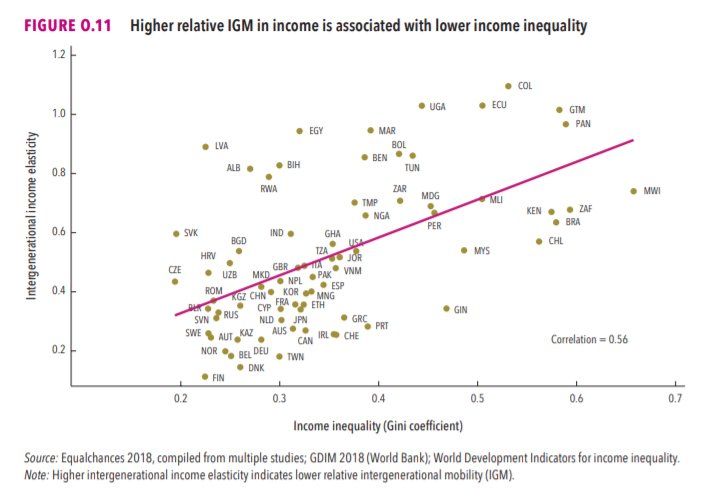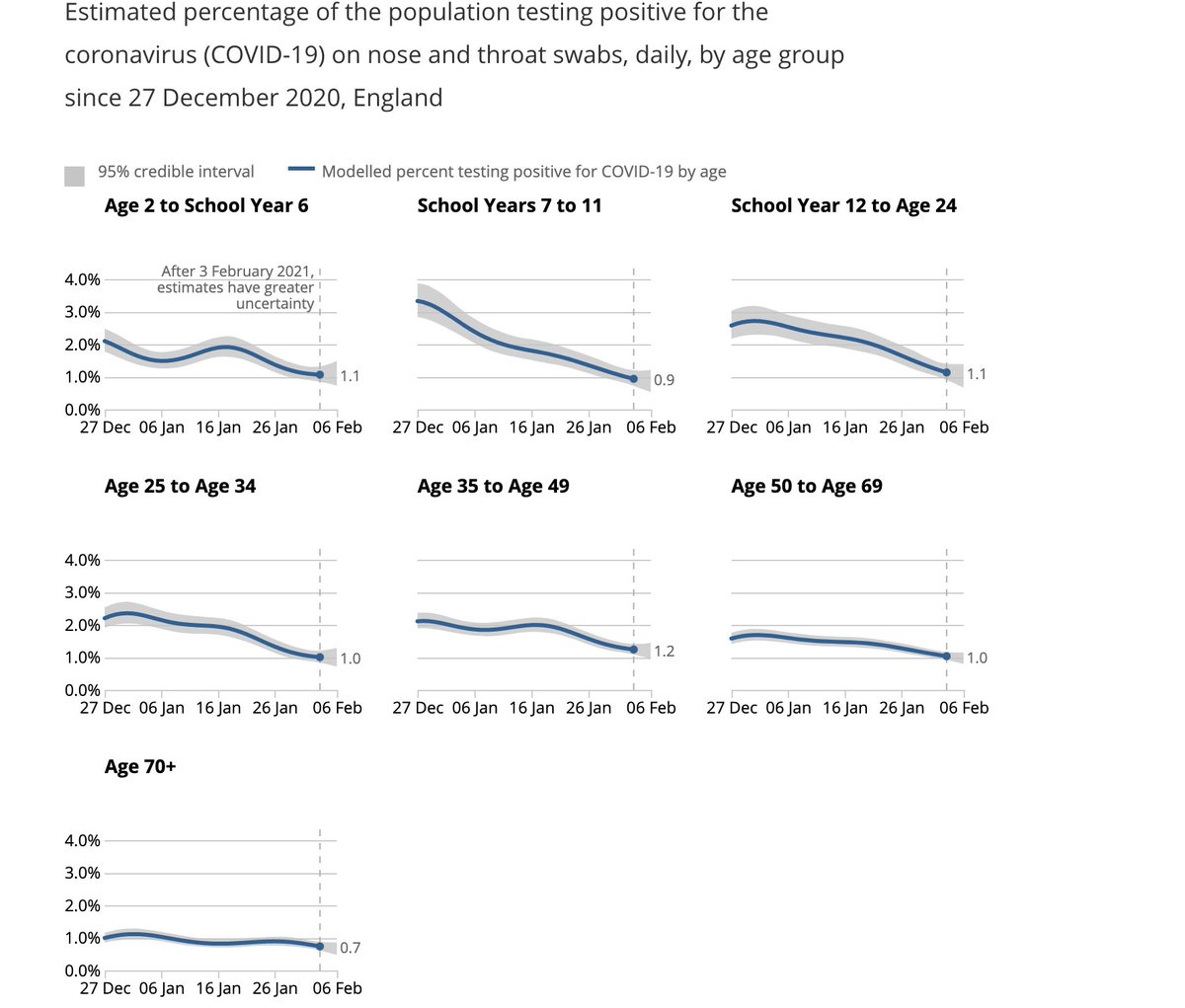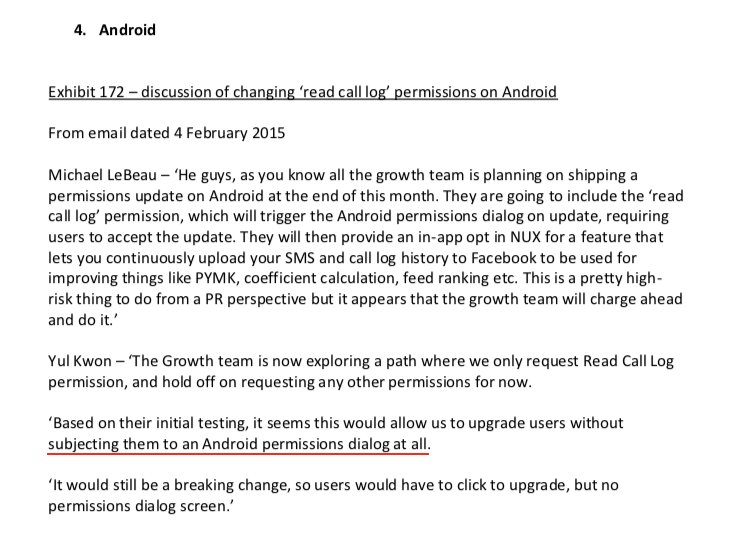I have had many unproductive conversations with people on Twitter, and the primary reason why those conversations are not productive is because they are generating conclusions from a set of narratives and interpretations that I don't share.
It is all about...
(2/12)
...these differences in information.
Even if you have different moral or political values, those can be identified quickly and you can see the reason for the disagreement.
But, when someone is reading publications much different than you and listening to podcasts...
(3/12)
...you don't, then unfortunately the conversation you two will have will be fraught with confusion and misunderstanding.
You will become frustrated with each other, because the facts you use to build an argument are facts unbeknownst to them, and vice-versa.
(4/12)
But if you are speaking to someone who is drawing from the same body of ideas, but somehow comes to a different conclusion - then you have the dialogical jackpot!
I relearn this lesson monthly when communicating with anti-social justice folks.
I am...
(5/12)
...OK with people starting from different moral underpinnings. We are all different.
But communicating with anti-social justice folks can be frustrating because they rarely
(1) read academic literature/listen to folks that support social justice policies or...
(6/12)
(2) get first-person accounts of folks who need or have benefitted from these policies.
Instead, they build an IDW/Quillette/Areo/New Discourses information cocoon, shielding themselves from the actual data needed to judge social justice policy...
(7/12)
..accurately.
Instead, they rely on abstract logic and reasoning that will always be faulty because the premises they use are not grounded in actual fact.
Moreover, they pride themselves in objective "debate" and "discourse" yet...
(8/12)
...this a hollow discourse - nothing more than an echo chamber filled with a narrow cadre of self-referential gurus producing a false sense of accuracy.
I mean really, do they actually believe Harris and Peterson know that much about *everything*, or...
(9/12)
...that Glenn Loury and John Mcwhorter explains all race matters? Do they really believe they should be taking tips from an out of work Math Ph.D. about critical scholarship? Do they check the credentials of writers in Quillete to see if they have experience in the...
(10/12)
...topics they write about?
In these situations, the best one can do is be strategic.
Occasionally I post to get replies from anti-social justice folks. Because they are in an echo chamber, you exhaust the variation in responses fairly quickly. Then...
(11/12)
...you can eventually block them.
However, there are a few folks who, even if I think differently than them, are genuinely good people and it is easy to separate the person from the idea and just enjoy the back and forth.
This is what I have learned and relearned.
(12/12)





